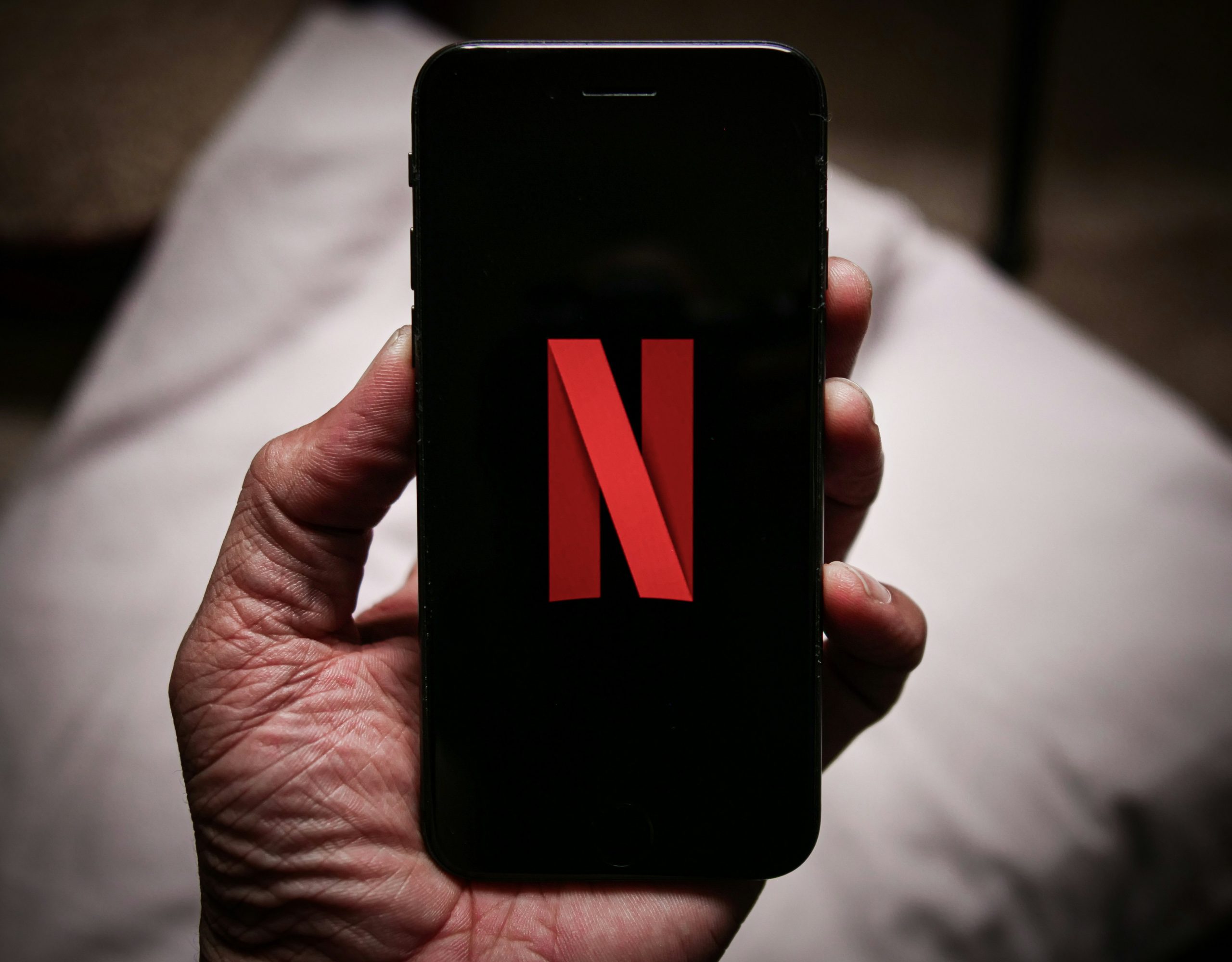Streaming used to be simple. You curled up with your favorite show on Netflix, hit “next episode,” and settled into the kind of binge-watch culture that defined the 2010s. But recently, a quiet shift has been happening in how Americans consume long-form content. More people, especially younger viewers, are turning away from subscription-based giants like Netflix in favor of something a little more raw, a little more accessible, and often, a lot more real: YouTube documentaries.
At first, it might sound like a downgrade. Why trade sleek, million-dollar Netflix productions for homemade videos on YouTube? But spend some time watching what’s out there, and the appeal becomes clear. This isn’t about high-def cinematography or celebrity narrators. It’s about connection, curiosity, and control over what we watch.
So what’s driving this shift? And why are YouTube documentaries suddenly becoming the go-to source for storytelling, education, and entertainment?
The Rise of Free, On-Demand Curiosity
One of the biggest factors behind this trend is simple: cost. With the rising price of subscription services and the introduction of ads on many of them, viewers are getting choosier. Netflix, once the king of content convenience, now shares a crowded space with Disney+, Hulu, Max, Peacock, and more. Monthly bills add up quickly, especially during times of economic uncertainty.
YouTube, on the other hand, remains free. You can access a massive archive of documentary-style content without paying a dime. Whether you want a 10-minute deep dive into the history of Roman engineering or a 90-minute exploration of cult psychology, it’s all there instantly and often without the gatekeeping of a paywall.
This democratized access to information appeals to audiences who want to learn, explore, and satisfy niche curiosities without making a financial commitment. With the right search terms, your next favorite documentary is only a few clicks away.
Real Stories, Real People
Another reason viewers are gravitating toward YouTube documentaries is authenticity. Traditional streaming platforms tend to favor polished, high-production stories that cater to the broadest possible audience. That often means narratives that are carefully edited, branded, and, some might argue, overproduced.
YouTube, in contrast, gives creators the freedom to tackle topics mainstream platforms wouldn’t touch. Many popular documentary channels are run by individuals or small teams who dig into internet rabbit holes, obscure subcultures, and overlooked events. Channels like Wendover Productions, Real Stories, Soft White Underbelly, or James Jani have developed loyal followings by telling deeply human stories with limited resources but limitless curiosity.
There’s something compelling about hearing directly from the source, whether it’s a former cult member, an addiction counselor, or someone living on the streets. These documentaries might lack studio gloss, but they often pack an emotional punch that resonates more deeply with viewers tired of scripted entertainment.
Control Over Content and Pacing
Unlike streaming platforms, where algorithms dictate what you see next, YouTube gives users a greater sense of control. Viewers can curate their own playlists, subscribe to specific channels, or follow recommendations based on actual interests—not just popular trends or corporate priorities.
This customization is particularly appealing to viewers who are tired of the binge model and want more intentional consumption. You don’t need to commit to an eight-episode arc. You can dip into a topic for 20 minutes or spend your afternoon getting lost in a series of videos about topics you didn’t even know fascinated you.
From conspiracy theories to historical deep dives, from interviews with strangers on Skid Row to long-form explainers on economic collapse, YouTube is tailor-made for curious minds who prefer meandering exploration over highly structured storytelling.

Gen Z and the New Information Landscape
Perhaps the biggest driver of this shift is generational. Gen Z, raised on the internet, doesn’t see YouTube as lesser than Netflix. It sees it as better. This generation grew up watching video essays, tutorials, vlogs, and short documentaries that felt more like conversations than productions.
For Gen Z, YouTube isn’t just entertainment. It’s a primary source of information, learning, and culture. The platform’s informal tone and diverse range of voices resonate more than the often one-note curation of traditional streaming services.
This has led to a surge in documentary-style YouTube content that’s fast-paced, emotionally resonant, and visually engaging without needing a Hollywood budget. In many ways, YouTube has become the new film school, the new newsstand, and the new cable documentary channel all rolled into one.
Niche Topics and the Algorithm Advantage
One of YouTube’s secret weapons is its ability to serve incredibly niche audiences. Interested in urban exploration? Cold case disappearances? The economics of fast fashion? There’s a documentary for that, and likely a creator who’s made their entire channel about it.
Netflix, with its broader business model, can’t afford to take as many chances on ultra-specific topics. YouTube, however, thrives on them. This creates a space where viewers can go deep instead of wide, discovering creators who speak directly to their interests rather than trying to appeal to everyone.
It also helps that YouTube’s algorithm, for all its faults, is pretty good at surfacing related content. Watch one deep dive into van life, and suddenly, your homepage is filled with content about minimalism, travel documentaries, and tiny home tours. The rabbit holes are endless, and for many, that’s the appeal.
A Shift in What We Value
Ultimately, the migration from Netflix to YouTube documentaries reflects a deeper change in what we value in content. Audiences today crave substance over polish, honesty over perfection, and insight over spectacle. They want content that respects their intelligence, meets them where they are, and challenges them to think in new ways.
That’s not to say there’s no place for traditional streaming. But in a world oversaturated with content, YouTube offers something many viewers are missing: real stories told by real people, for free, whenever and wherever you want to watch.
What Do You Think?
Have you found yourself watching more documentaries on YouTube lately? What do you think it offers that Netflix or other streaming platforms can’t?
Read More:
Stop Wasting Money: 7 Subscriptions Most People Don’t Realize They’re Paying For
No Longer An Option: 12 Surprising Expenses Poor Americans Are Eliminating
Read the full article here














